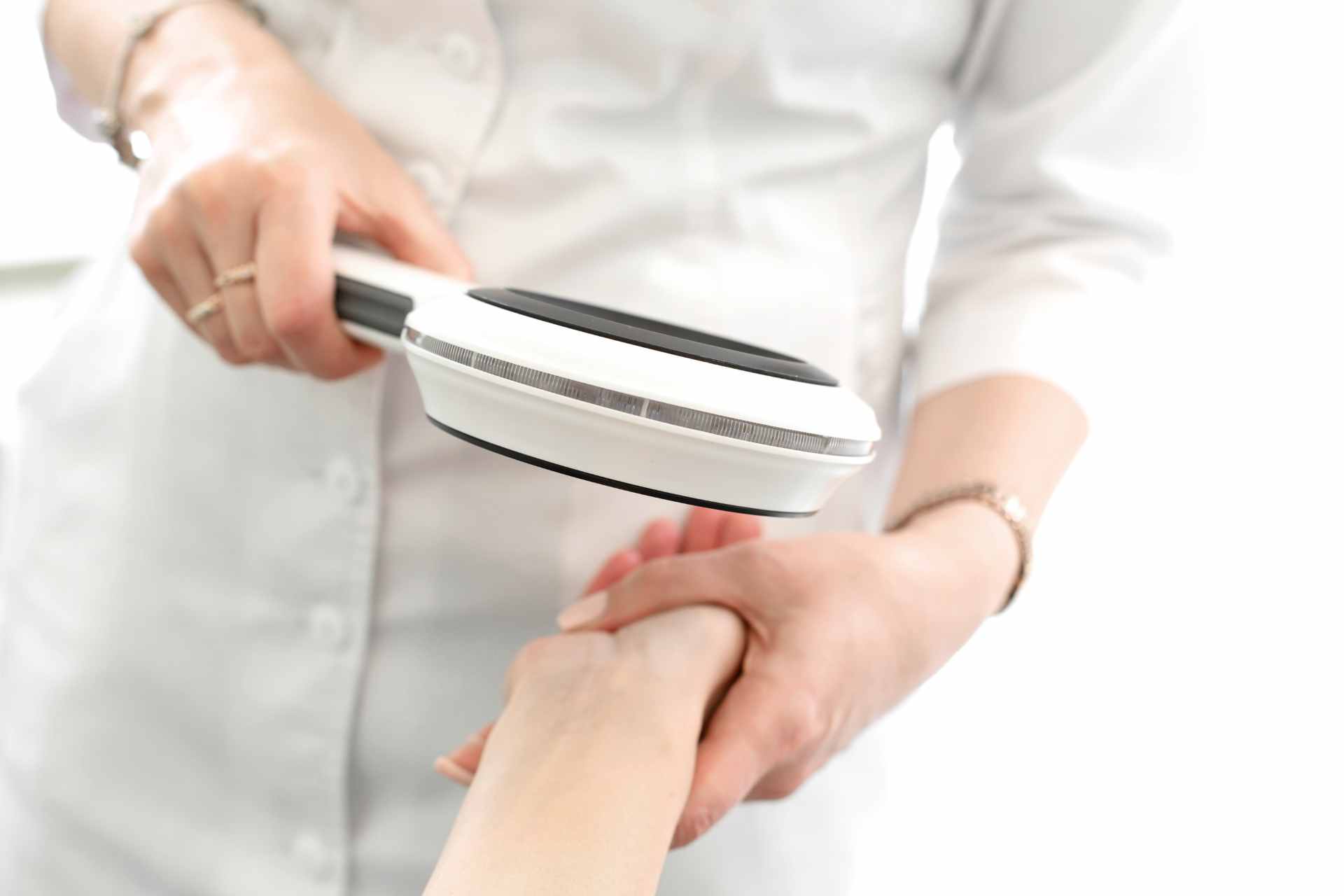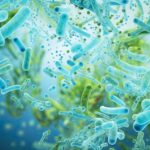Seborrheic dermatitis (SD) represents a common and chronic inflammatory skin disorder affecting a substantial portion of the global population. Characterized by thin patches covered with oily scales, SD predominantly manifests in regions abundant in sebaceous glands, such as the scalp, face, chest, back, and body folds. It affects both genders equally and can occur in individuals of all ages.
Moreover, SD can significantly impact the quality of life due to its chronic nature and visible symptoms, including itching, redness, and flaking. Treatment options aim to reduce inflammation and control symptoms, including topical antifungals, corticosteroids, calcineurin inhibitors, keratolytics, medicated shampoos, oral antifungals, and phototherapy. Lifestyle modifications and diet can also help to manage symptoms.
The skin microbiome, comprised of a diverse array of microorganisms inhabiting the skin’s surface, has emerged as a pivotal player in the development and progression of SD. Among these microorganisms, commensal fungi and bacteria have garnered particular attention for their interactions and potential contributions to SD pathology. Moreover, studies have revealed a complex interplay between commensal fungi, notably the yeast Malassezia species, and bacterial populations on the skin. Malassezia, in particular, has been implicated as a key player in SD pathogenesis, with its overabundance often correlating with disease severity. This yeast, commonly found on healthy skin, can proliferate under certain conditions, leading to dysbiosis and triggering inflammatory responses implicated in SD. Thus, understanding the complex interplay between commensal fungi and bacteria within the skin microbiome is crucial for unraveling the pathogenesis of SD.
In a recent study conducted at the Department of Clinical Dermatology, San Gallicano Dermatological Institute in Rome, Italy, researchers investigated the therapeutic potential of EUTOPLAC, a topical oily suspension containing the probiotic bacteria Lactobacillus crispatus P 17631 and Lacticaseibacillus paracasei I 1688, in modulating the skin mycobiome and bacteriome composition, and its efficacy in alleviating SD severity.
The study, an open-label exploratory trial, enrolled 25 patients diagnosed with SD, with a majority presenti

ng with severe symptoms. All participants received EUTOPLAC treatment for one week, following which they were monitored for an additional three weeks.
- Baseline characteristics revealed a high prevalence of severe SD among the study cohort, as assessed by the Seborrheic Dermatitis Area and Severity Index (SDASI) score.
- SD severity measure was the change in SDASI scores post-treatment. Remarkably, significant reductions in SD severity were observed at both the one-week (T8) and three-week (T28) time points compared to baseline (T0), underscoring the efficacy of EUTOPLAC in ameliorating SD symptoms.
Importantly, the improvements in SDASI scores were sustained throughout the three-week follow-up, indicating the persistence of therapeutic effects beyond the treatment period.
To elucidate the underlying mechanisms of action of EUTOPLAC, researchers characterized microbial communities in skin samples using mycobiome-bacteriome profiling and bioinformatics analysis.
- The skin mycobiome revealed significant alterations in fungal composition and diversity following EUTOPLAC treatment.
- Notably, a marked decrease in the abundance of Malassezia, the key fungal genus implicated in SD pathogenesis, was observed at the one-week time point (T8) compared to baseline (T0) and post-treatment (T28) samples.
- Conversely, an increase in the abundance of other fungal genera was noted, indicative of a dynamic shift in the skin mycobiome landscape post-EUTOPLAC administration.
Further analysis unveiled complex interactions between fungi and bacteria within the microbial community of SD patients treated with EUTOPLAC. The network analysis revealed significant changes over time following EUTOPLAC treatment in SD patients:
- Malassezia‘s association with negative correlations, especially at T0, highlights its dominant role in competing with other fungi and shaping the community structure.
- The decrease in Malassezia and negative correlations observed at T8 can be attributed to diminished competition and a less stable microbial community.
- Interactions between fungi and bacteria shifted after EUTOPLAC administration.
- EUTOPLAC induced a significant increase in the relative abundance of L. crispatus and L. paracasei at T8.
These findings underscored the dynamic nature of microbial communities in dermatological conditions and highlighted the impact of EUTOPLAC on shaping microbial dynamics.
Additionally, investigations into the adhesion and biofilm formation abilities of key bacterial strains within EUTOPLAC, namely Lactobacillus crispatus P 17631 and Lacticaseibacillus paracasei I 1688, provided insights into the mechanisms underlying EUTOPLAC’s therapeutic effects.
- Both bacterial strains exhibited robust capabilities for surface adhesion and biofilm formation under varying conditions, underscoring their potential role in modulating the skin microbiome and promoting microbial diversity and resilience.
In summary, this study investigated the effects of EUTOPLAC, a probiotic, on SD symptoms. Results showed significant symptom reduction, suggesting EUTOPLAC’s effectiveness and potential as a treatment modality. EUTOPLAC treatment led to transient changes in fungal diversity, particularly affecting Malassezia levels. Bacterial communities remained stable overall, but there were temporary increases in probiotic genera.
This study provides compelling evidence of the therapeutic efficacy of EUTOPLAC in alleviating SD symptoms and modulating microbial dynamics within the skin microbiome.
By modulating the skin microbiome in SD, EUTOPLAC offers a promising avenue for developing novel probiotic-based treatments. However, further research is needed to fully understand the mechanisms and long-term effects of probiotics in SD treatment.











